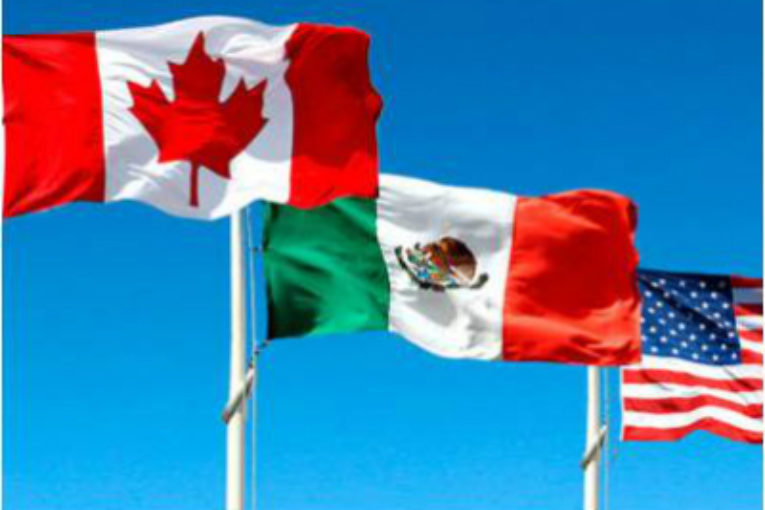
Canada’s economy went on a tear last year, but someone forgot to tell exporters.
Trade figures released Tuesday show the sector continues to be a drag on growth as it struggles to make gains outside of energy, even with a favorable exchange rate and growing demand in the U.S. Non-energy exports fell last year in volume terms, and over the past decade any growth has been exclusively due to higher prices.
The lethargy, in place for years, is a conundrum for policy makers and may cast doubt on the economy’s ability to sustain its growth rate, after expanding at about a 3 percent clip in 2017, the fastest in six years.
“Canada’s trade picture remains quite weak as non-commodity exports have made almost no traction for nearly a decade,” Benjamin Reitzes an economist at Bank of Montreal, said in a note to investors.
Canadians like to see themselves as the perennial optimists of global trade, even as questions mount elsewhere over the benefits of open economies. Prime Minister Justin Trudeau touts trade as a central tenet of prosperity, and his Liberal Party lawmakers are vocal champions of keeping the North American Free Trade Agreement, currently heading into the seventh round of negotiations, in place.
But excluding oil, Canada’s trade performance has been dismal. Its non-energy trade deficit widened to a record in December, C$8.64 billion ($6.9 billion), and also for the full year, C$87 billion.
Export Drag
Overall, including oil, growth in export volumes failed to keep up with imports, meaning the trade sector was actually a drag on the stellar 2017 performance, which was wholly reliant on domestic demand. That may give the Bank of Canada pause about raising interest rates further as it gauges the overall health of the economy.
Weak non-energy trade also means Canada is increasingly depending on oil to keep its trade balance from deteriorating further, despite Trudeau’s efforts to pivot away from commodities. Energy exports accounted for 17 percent of the total in 2017, up from 14 percent a year earlier.
In volume terms, which strips out price changes, energy now accounts for more than one quarter of all exports — the most in records back to 1997.
Share This:
You can read more of the news on source



